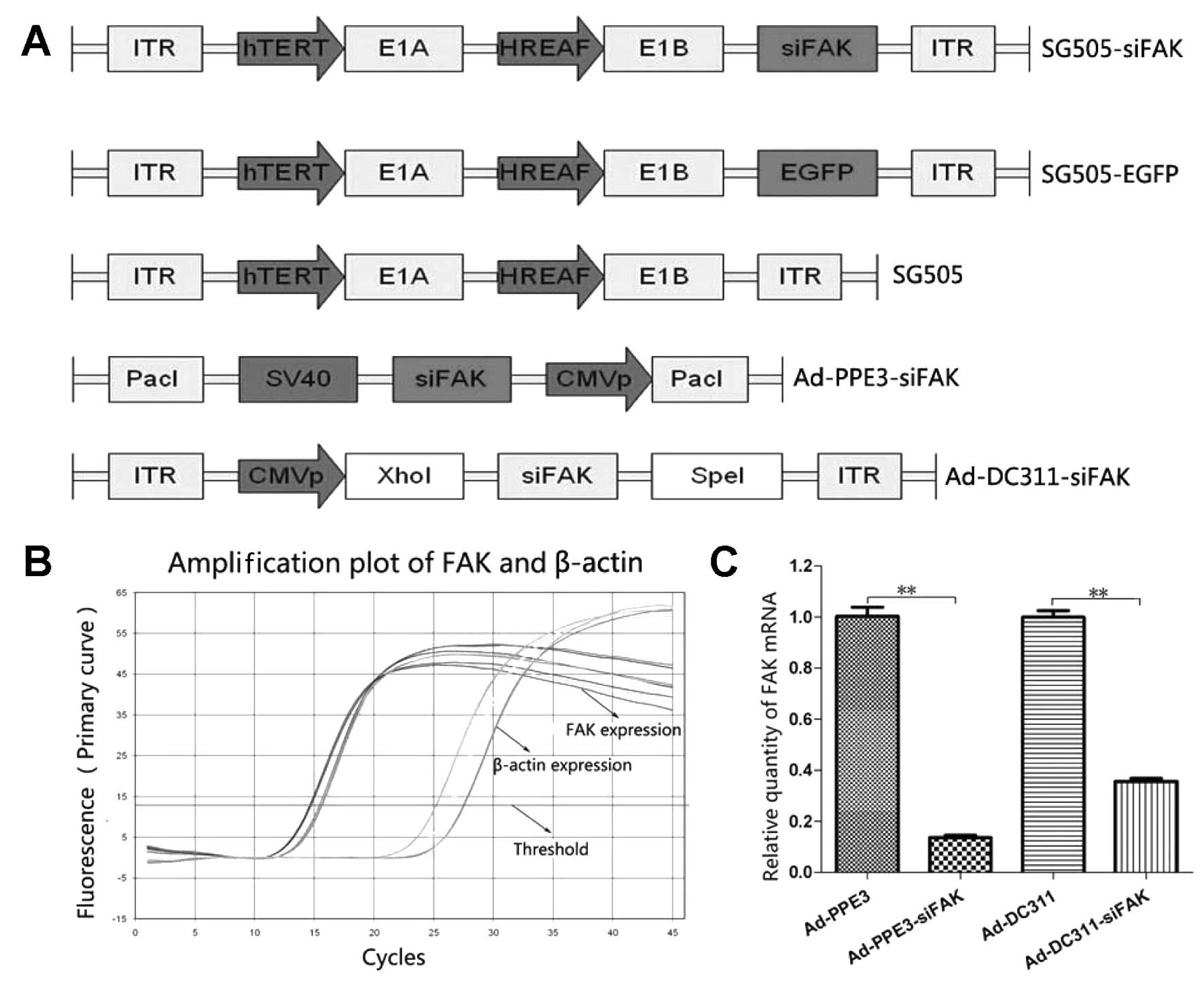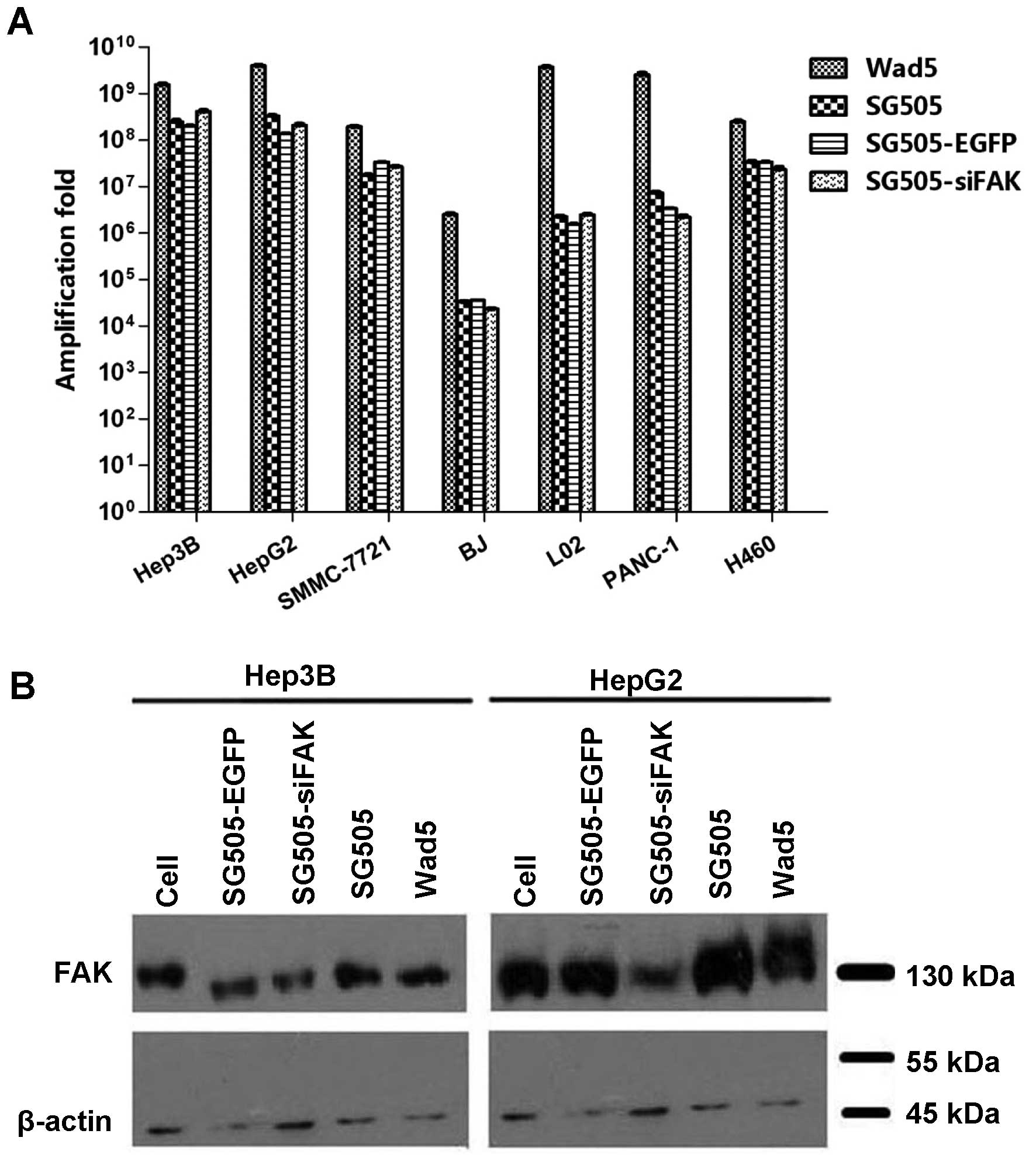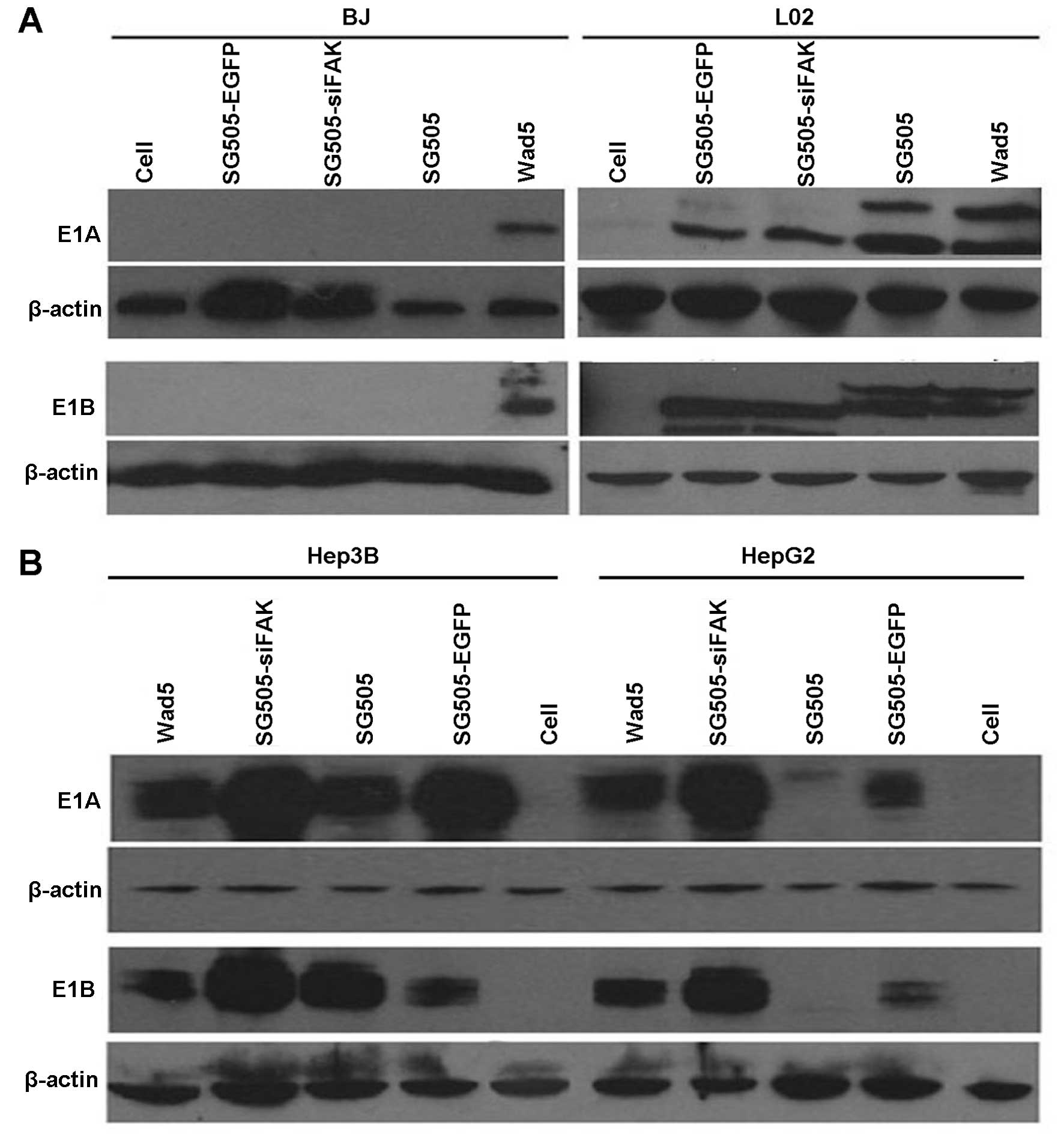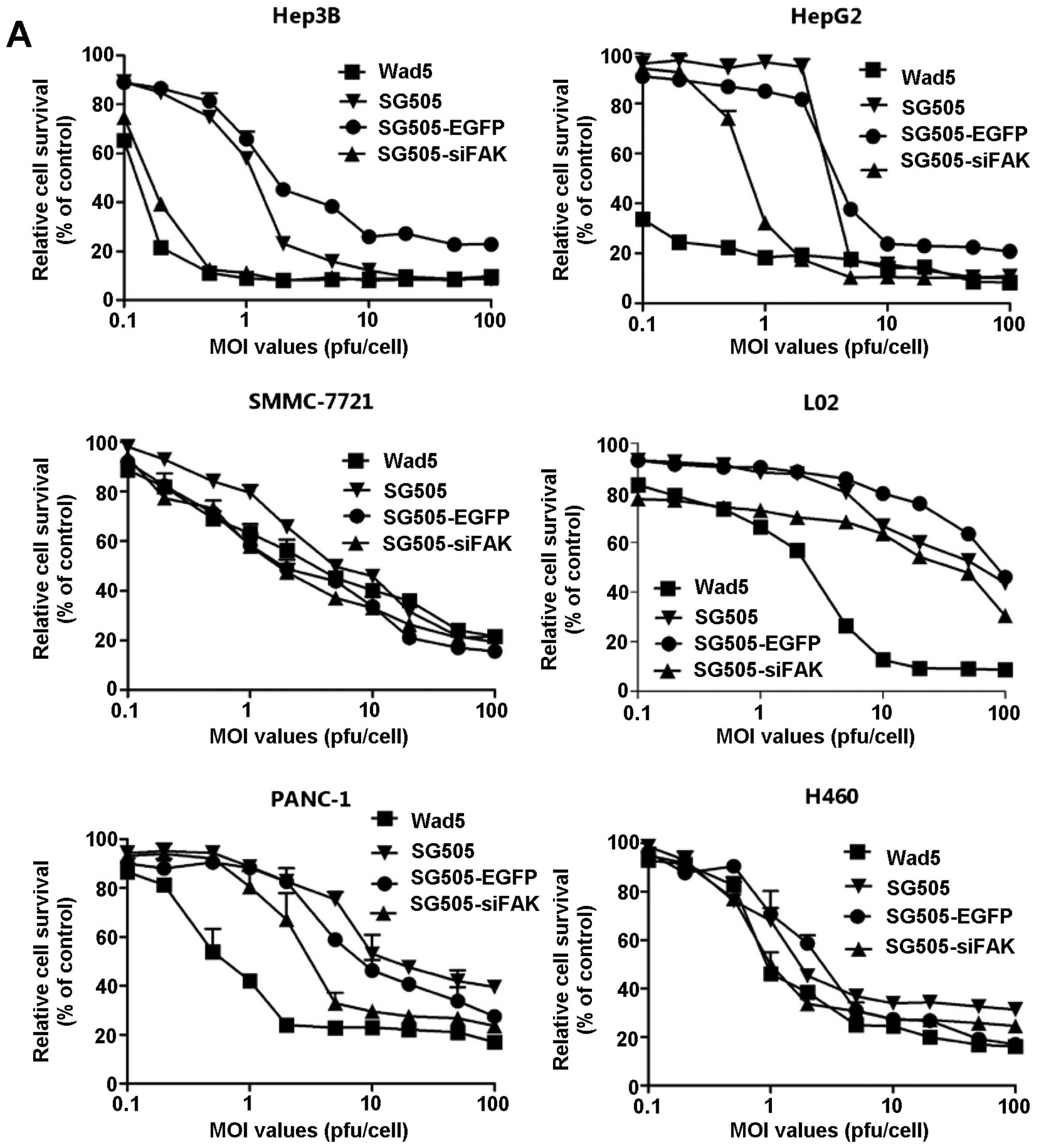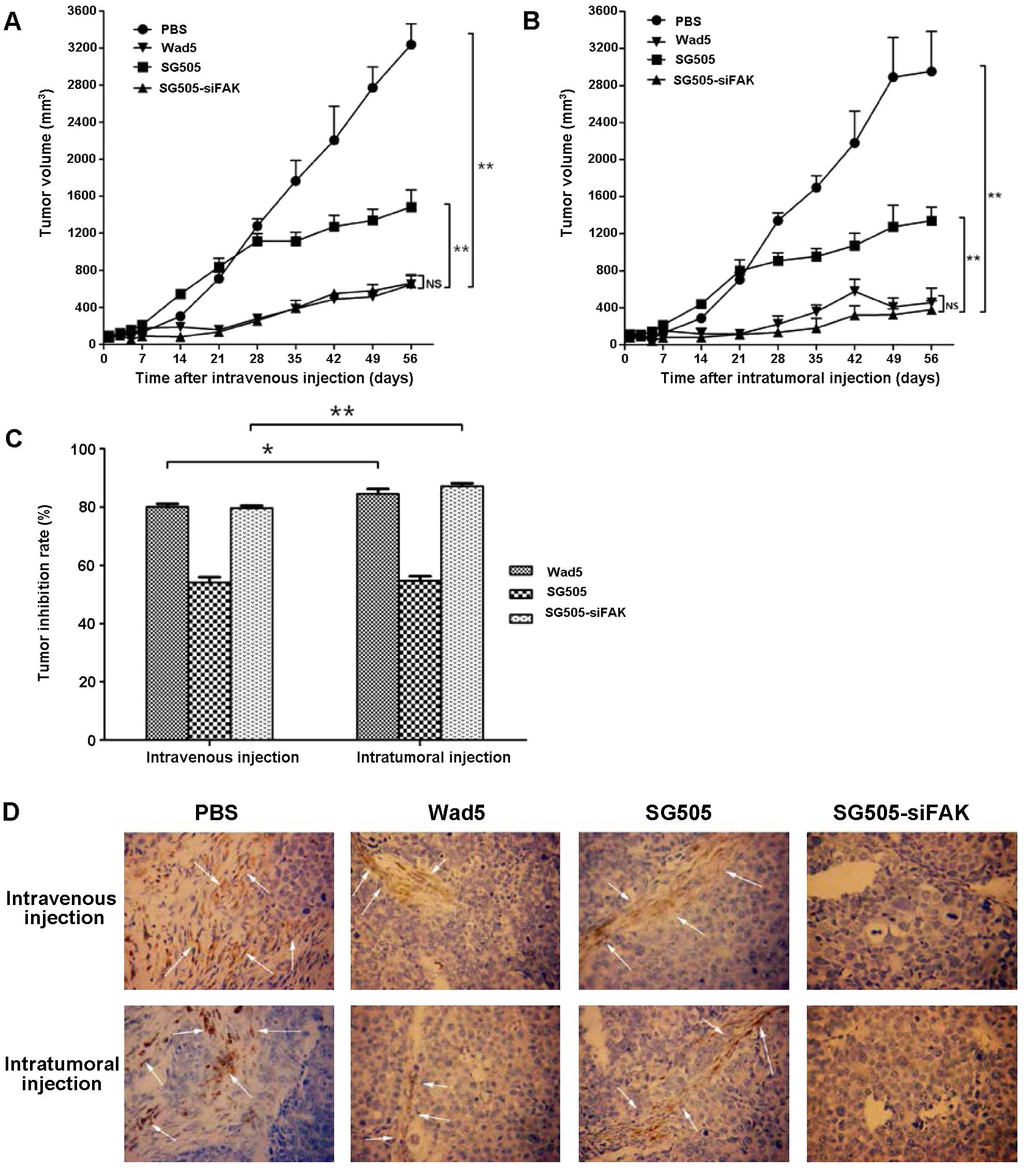|
1
|
Jemal A, Bray F, Center MM, Ferlay J, Ward
E and Forman D: Global cancer statistics. CA Cancer J Clin.
61:69–90. 2011. View Article : Google Scholar : PubMed/NCBI
|
|
2
|
Tabrizian P, Roayaie S and Schwartz ME:
Current management of hepatocellular carcinoma. World J
Gastroenterol. 20:10223–10237. 2014. View Article : Google Scholar : PubMed/NCBI
|
|
3
|
Llovet JM, Fuster J and Bruix J:
Intention-to-treat analysis of surgical treatment for early
hepatocellular carcinoma: Resection versus transplantation.
Hepatology. 30:1434–1440. 1999. View Article : Google Scholar : PubMed/NCBI
|
|
4
|
Bai W, Wang YJ, Zhao Y, Qi XS, Yin ZX, He
CY, Li RJ, Wu KC, Xia JL, Fan DM, et al: Sorafenib in combination
with transarterial chemoembolization improves the survival of
patients with unresectable hepatocellular carcinoma: A propensity
score matching study. J Dig Dis. 14:181–190. 2013. View Article : Google Scholar : PubMed/NCBI
|
|
5
|
Graf D, Vallböhmer D, Knoefel WT, Kröpil
P, Antoch G, Sagir A and Häussinger D: Multimodal treatment of
hepatocellular carcinoma. Eur J Intern Med. 25:430–437. 2014.
View Article : Google Scholar : PubMed/NCBI
|
|
6
|
Russell SJ, Peng KW and Bell JC: Oncolytic
virotherapy. Nat Biotechnol. 30:658–670. 2012. View Article : Google Scholar : PubMed/NCBI
|
|
7
|
Cao X, Yang M, Wei RC, Zeng Y, Gu JF,
Huang WD, Yang DQ, Li HL, Ding M, Wei N, et al: Cancer targeting
gene-viro-therapy of liver carcinoma by dual-regulated oncolytic
adenovirus armed with TRAIL gene. Gene Ther. 18:765–777. 2011.
View Article : Google Scholar : PubMed/NCBI
|
|
8
|
Wei RC, Cao X, Gui JH, Zhou XM, Zhong D,
Yan QL, Huang WD, Qian QJ, Zhao FL and Liu XY: Augmenting the
antitumor effect of TRAIL by SOCS3 with double-regulated
replicating oncolytic adenovirus in hepatocellular carcinoma. Hum
Gene Ther. 22:1109–1119. 2011. View Article : Google Scholar : PubMed/NCBI
|
|
9
|
Hu ZB, Wu CT, Wang H, Zhang QW, Wang L,
Wang RL, Lu ZZ and Wang LS: A simplified system for generating
oncolytic adenovirus vector carrying one or two transgenes. Cancer
Gene Ther. 15:173–182. 2008. View Article : Google Scholar
|
|
10
|
Kasala D, Choi JW, Kim SW and Yun CO:
Utilizing adenovirus vectors for gene delivery in cancer. Expert
Opin Drug Deliv. 11:379–392. 2014. View Article : Google Scholar : PubMed/NCBI
|
|
11
|
Liu XY, Gu JF and Shi WF: Targeting
gene-virotherapy for cancer. Acta Biochim Biophys Sin. 37:581–587.
2005. View Article : Google Scholar : PubMed/NCBI
|
|
12
|
Huang Q, Zhang X, Wang H, et al: A novel
conditionally replicative adenovirus vector targeting
telomerase-positive tumor cells. Clin Cancer Res. 10:1439–1445.
2004. View Article : Google Scholar : PubMed/NCBI
|
|
13
|
Hahn WC: Targeting cancer with telomerase:
commentary re Q. Huang et al:, a novel conditionally replicative
adenovirus vector targeting telomerase-positive tumor cells. Clin
Cancer Res, 10: 1439–1445, 2004. Clin Cancer Res. 10:1203–1205.
2004. View Article : Google Scholar : PubMed/NCBI
|
|
14
|
Tangkijvanich P, Anukulkarnkusol N,
Suwangool P, Lertmaharit S, Hanvivatvong O, Kullavanijaya P and
Poovorawan Y: Clinical characteristics and prognosis of
hepatocellular carcinoma: Analysis based on serum alpha-fetoprotein
levels. J Clin Gastroenterol. 31:302–308. 2000. View Article : Google Scholar : PubMed/NCBI
|
|
15
|
Li Y, Yu DC, Chen Y, Amin P, Zhang H,
Nguyen N and Henderson DR: A hepatocellular carcinoma-specific
adenovirus variant, CV890, eliminates distant human liver tumors in
combination with doxorubicin. Cancer Res. 61:6428–6436.
2001.PubMed/NCBI
|
|
16
|
Ido A, Uto H, Moriuchi A, Nagata K, Onaga
Y, Onaga M, Hori T, Hirono S, Hayashi K, Tamaoki T, et al: Gene
therapy targeting for hepatocellular carcinoma: Selective and
enhanced suicide gene expression regulated by a hypoxia-inducible
enhancer linked to a human alpha-fetoprotein promoter. Cancer Res.
61:3016–3021. 2001.PubMed/NCBI
|
|
17
|
Kwon OJ, Kim PH, Huyn S, Wu L, Kim M and
Yun CO: A hypoxia- and {alpha}-fetoprotein-dependent oncolytic
adenovirus exhibits specific killing of hepatocellular carcinomas.
Clin Cancer Res. 16:6071–6082. 2010. View Article : Google Scholar : PubMed/NCBI
|
|
18
|
Huang TG, Savontaus MJ, Shinozaki K,
Sauter BV and Woo SL: Telomerase-dependent oncolytic adenovirus for
cancer treatment. Gene Ther. 10:1241–1247. 2003. View Article : Google Scholar : PubMed/NCBI
|
|
19
|
Yuan Z, Zheng Q, Fan J, Ai KX, Chen J and
Huang XY: Expression and prognostic significance of focal adhesion
kinase in hepatocellular carcinoma. J Cancer Res Clin Oncol.
136:1489–1496. 2010. View Article : Google Scholar : PubMed/NCBI
|
|
20
|
Fujii T, Koshikawa K, Nomoto S, Okochi O,
Kaneko T, Inoue S, Yatabe Y, Takeda S and Nakao A: Focal adhesion
kinase is over-expressed in hepatocellular carcinoma and can be
served as an independent prognostic factor. J Hepatol. 41:104–111.
2004. View Article : Google Scholar : PubMed/NCBI
|
|
21
|
Golubovskaya VM: Focal adhesion kinase as
a cancer therapy target. Anticancer Agents Med Chem. 10:735–741.
2010. View Article : Google Scholar
|
|
22
|
He D, Sun L, Li C, Hu N, Sheng Y, Chen Z,
Li X, Chi B and Jin N: Anti-tumor effects of an oncolytic
adenovirus expressing hemagglutinin-neuraminidase of Newcastle
disease virus in vitro and in vivo. Viruses. 6:856–874. 2014.
View Article : Google Scholar : PubMed/NCBI
|
|
23
|
Boncler M, Różalski M, Krajewska U,
Podsędek A and Watala C: Comparison of PrestoBlue and MTT assays of
cellular viability in the assessment of anti-proliferative effects
of plant extracts on human endothelial cells. J Pharmacol Toxicol
Methods. 69:9–16. 2014. View Article : Google Scholar
|
|
24
|
Ford AL, An H, Kong L, Zhu H, Vo KD,
Powers WJ, Lin W and Lee JM: Clinically relevant reperfusion in
acute ischemic stroke: MTT performs better than Tmax and TTP.
Transl Stroke Res. 5:415–421. 2014. View Article : Google Scholar : PubMed/NCBI
|
|
25
|
Liu L, Wu W, Zhu G, Liu L, Guan G, Li X,
Jin N and Chi B: Therapeutic efficacy of an hTERT promoter-driven
oncolytic adenovirus that expresses apoptin in gastric carcinoma.
Int J Mol Med. 30:747–754. 2012.PubMed/NCBI
|
|
26
|
Itoh S, Maeda T, Shimada M, Aishima S,
Shirabe K, Tanaka S and Maehara Y: Role of expression of focal
adhesion kinase in progression of hepatocellular carcinoma. Clin
Cancer Res. 10:2812–2817. 2004. View Article : Google Scholar : PubMed/NCBI
|
|
27
|
Yu DC, Chen Y, Seng M, Dilley J and
Henderson DR: The addition of adenovirus type 5 region E3 enables
calydon virus 787 to eliminate distant prostate tumor xenografts.
Cancer Res. 59:4200–4203. 1999.PubMed/NCBI
|
|
28
|
Nettelbeck DM, Rivera AA, Balagué C,
Alemany R and Curiel DT: Novel oncolytic adenoviruses targeted to
melanoma: Specific viral replication and cytolysis by expression of
E1A mutants from the tyrosinase enhancer/promoter. Cancer Res.
62:4663–4670. 2002.PubMed/NCBI
|
|
29
|
Leitner S, Sweeney K, Oberg D, Davies D,
Miranda E, Lemoine NR and Halldén G: Oncolytic adenoviral mutants
with E1B19K gene deletions enhance gemcitabine-induced apoptosis in
pancreatic carcinoma cells and anti-tumor efficacy in vivo. Clin
Cancer Res. 15:1730–1740. 2009. View Article : Google Scholar : PubMed/NCBI
|
|
30
|
Dong X, Qu W, Ma S, Zhu Z, Zheng C, He A,
Karlsson A, Xu K and Zheng X: Potent antitumoral effects of
targeted promoter-driven oncolytic adenovirus armed with Dm-dNK for
breast cancer in vitro and in vivo. Cancer Lett. 328:95–103. 2013.
View Article : Google Scholar
|
|
31
|
Wang L, Zhang Y, Zhao J, Xiao E, Lu J, Fu
S and Wang Z: Combination of bladder cancer-specific oncolytic
adenovirus gene therapy with cisplatin on bladder cancer in vitro.
Tumour Biol. 35:10879–10890. 2014. View Article : Google Scholar : PubMed/NCBI
|
|
32
|
Liu XR, Cai Y, Cao X, Wei RC, Li HL, Zhou
XM, Zhang KJ, Wu S, Qian QJ, Cheng B, et al: A new oncolytic
adenoviral vector carrying dual tumour suppressor genes shows
potent anti-tumour effect. J Cell Mol Med. 16:1298–1309. 2012.
View Article : Google Scholar
|
|
33
|
He B, Huang X, Liu X and Xu B: Cancer
targeting gene-viro-therapy for pancreatic cancer using oncolytic
adenovirus ZD55-IL-24 in immune-competent mice. Mol Biol Rep.
40:5397–5405. 2013. View Article : Google Scholar : PubMed/NCBI
|
|
34
|
Shang N, Arteaga M, Zaidi A, Stauffer J,
Cotler SJ, Zeleznik-Le NJ, Zhang J and Qiu W: FAK is required for
c-Met/beta-catenin-driven hepatocarcinogenesis. Hepatology.
61:214–226. 2014. View Article : Google Scholar
|
|
35
|
Dai Z, Zhou SL, Zhou ZJ, Bai DS, Xu XY, Fu
XT, Chen Q, Zhao YM, Zhu K, Yu L, et al: Capn4 contributes to
tumour growth and metastasis of hepatocellular carcinoma by
activation of the FAK-Src signalling pathways. J Pathol.
234:316–328. 2014. View Article : Google Scholar : PubMed/NCBI
|
|
36
|
Ko BS, Jan YJ, Chang TC, Liang SM, Chen
SC, Liu TA, Wu YM, Wang J and Liou JY: Upregulation of focal
adhesion kinase by 14-3-3ɛ via NFκB activation in hepatocellular
carcinoma. Anticancer Agents Med Chem. 13:555–562. 2013. View Article : Google Scholar
|
|
37
|
Cai L, Han J, Zhuo X, Xiong Y, Dong J and
Li X: Overexpression and significance of focal adhesion kinase in
hepatocellular carcinoma and its relationship with HBV infection.
Med Oncol. 26:409–414. 2009. View Article : Google Scholar
|
|
38
|
Takeshita F and Ochiya T: Therapeutic
potential of RNA interference against cancer. Cancer Sci.
97:689–696. 2006. View Article : Google Scholar : PubMed/NCBI
|
|
39
|
Liu XY: Targeting gene-virotherapy of
cancer and its prosperity. Cell Res. 16:879–886. 2006. View Article : Google Scholar : PubMed/NCBI
|
|
40
|
Grünweller A, Wyszko E, Bieber B, Jahnel
R, Erdmann VA and Kurreck J: Comparison of different antisense
strategies in mammalian cells using locked nucleic acids,
2′-O-methyl RNA, phosphorothioates and small interfering RNA.
Nucleic Acids Res. 31:3185–3193. 2003. View Article : Google Scholar
|
|
41
|
Prados J, Melguizo C, Roldan H, Alvarez
PJ, Ortiz R, Arias JL and Aranega A: RNA interference in the
treatment of colon cancer. BioDrugs. 27:317–327. 2013. View Article : Google Scholar : PubMed/NCBI
|
|
42
|
Liu W, Zhu F, Jiang Y, Sun D, Yang B and
Yan H: siRNA targeting survivin inhibits the growth and enhances
the chemosensitivity of hepatocellular carcinoma cells. Oncol Rep.
29:1183–1188. 2013.
|
|
43
|
Pei Z, Chu L, Zou W, Zhang Z, Qiu S, Qi R,
Gu J, Qian C and Liu X: An oncolytic adenoviral vector of Smac
increases antitumor activity of TRAIL against HCC in human cells
and in mice. Hepatology. 39:1371–1381. 2004. View Article : Google Scholar : PubMed/NCBI
|
|
44
|
Zhang J, Gan Y, Gu J, Hu J, Liu X and Zhao
X: Potent anti-hepatoma efficacy of HCCS1 via dual tumor-targeting
gene-virotherapy strategy. Oncol Rep. 20:1035–1040. 2008.PubMed/NCBI
|
|
45
|
Wu WY, Kim H, Zhang CL, Meng XL and Wu ZS:
Loss of suppressors of cytokine signaling 3 promotes aggressiveness
in hepatocellular carcinoma. J Invest Surg. 27:197–204. 2014.
View Article : Google Scholar : PubMed/NCBI
|
|
46
|
Guo X, Wang W, Zhou F, Lu Z, Fang R, Jia
F, Bu X, Li R, Zhang B, Wu M, et al: siRNA-mediated inhibition of
hTERT enhances chemosensitivity of hepatocellular carcinoma. Cancer
Biol Ther. 7:1555–1560. 2008. View Article : Google Scholar : PubMed/NCBI
|















